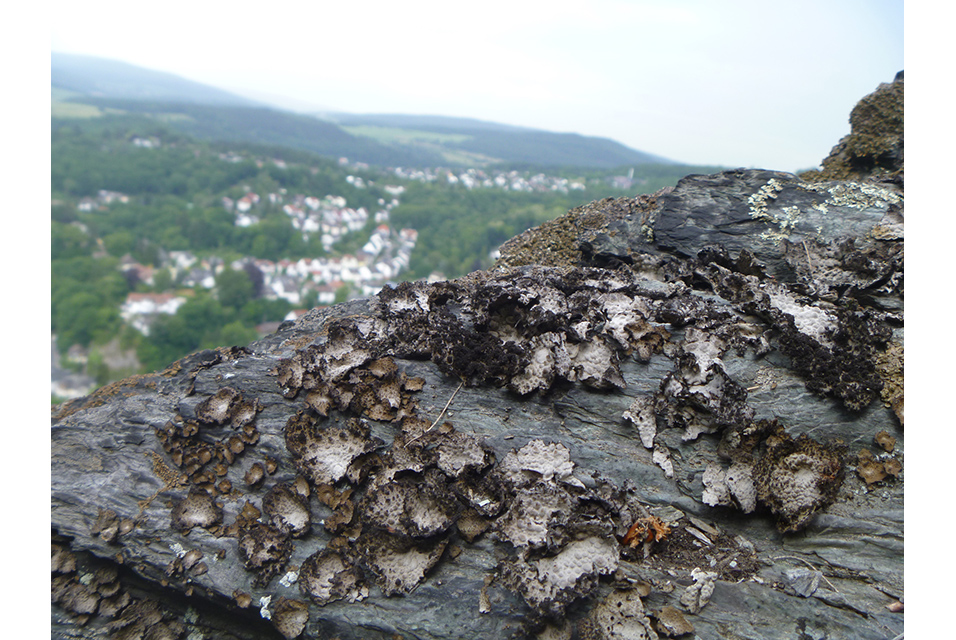FRANKFURT AM MAIN.- Natural substances produced by organisms are known primarily as agents against cancer and other diseases. But they can do even more, as researchers from the
Senckenberg Biodiversity and Climate Research Center and the LOEWE Center for Translational Biodiversity Genomics now show in the journal “Environmental Microbiology.” For the first time, the team was able to show that there is a climate-specific difference in gene groups responsible for the production of natural substances in lichen-forming fungi. The natural substances presumably contribute to the lichens’ ability to adapt to different environmental conditions.
Natural substances are biologically active components produced by organisms. So far, they have been of interest to researchers primarily as the basis for medicines, because some natural substances have been shown to inhibit tumor growth or have antiviral or antibacterial effects. Natural substances are also produced by organisms in order to better cope with their environment. For example, some lichen species produce the orange pigment parietin to protect themselves against UV radiation. However, most of the functions of the natural substances discovered so far are still completely unknown.
Meanwhile, the genetic material of fungi that form part of lichens suggests that there is still a large number of undiscovered natural substances. “In fungi, we know of up to 80 groups of genes per species, so-called gene clusters that are responsible for natural substance production. That is a much higher number than the natural substances that what we have been able to detect to date from an organism,” says Prof. Imke Schmitt, who conducts research at the Senckenberg Biodiversity and Climate Research Center (SBiK-F) and the LOEWE Center for Translational Biodiversity Genomics (LOEWE-TBG) and teaches at the Goethe University in Frankfurt.
To find out if the ability of an organism to produce natural substances is different under contrasting environments, Schmitt and her team collected the umbilicate lichen Umbilicaria pustulata near the base and at the summit of mountains in Italy and Spain, sequenced the samples, and compared the natural substance-associated gene clusters in their genomes.
“We found three gene cluster variants in Umbilicaria pustulata that are either unique to the Mediterranean climate at the base of mountains or to the temperate climate at higher elevations. This suggests that these genes are associated with natural substances that play a role in climate adaptation,” explains the study’s lead author, Dr. Garima Singh, a scientist at SBiK-F and LOEWE-TBG. “It is now particularly exciting for us to find out which natural substances are associated with these climatically differentiated gene clusters.”
While the genome can provide information about how many diverse natural substances an organism can produce, the distribution of genes in natural populations can be used to infer which gene cluster variants are needed in which climate zone. Gene cluster variants that are only found on the cool mountain peaks could help the lichen produce substances that serve as an antifreeze. Gene cluster variants that are only functional at the base of mountains in Mediterranean climates with long, hot, dry summers might be associated with natural substances that help the lichen survive drought.
“The lichens’ ability to produce natural substances that make it easier or even possible for them to survive in a specific climatic niche shows us that we do not yet know the true potential of lichens at all. Perhaps we will one day be able to make climate-specific natural substances commercially viable, similar to medicines,” comments Schmitt. Singh adds, “Studying the genomes of lichens can help us find new natural substances with useful properties. However, if individual lichen populations become extinct due to climate change or human intervention, the genetic basis for the production of as yet undiscovered natural products may disappear with them.”









